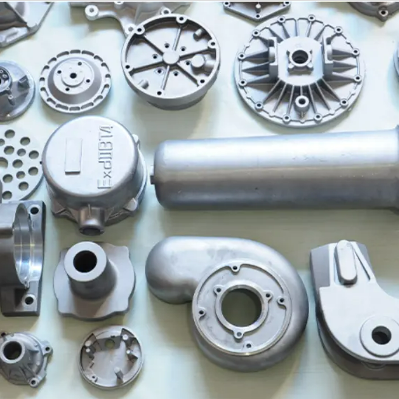Mobile:+86-311-808-126-83
Email:info@ydcastings.com
flexible connector for fire pump
Understanding the Flexible Connector for Fire Pumps
In the world of fire safety, the role of fire pumps is invaluable. They are essential in ensuring that sufficient water pressure is available for fire suppression systems. However, all mechanical systems come with their challenges, particularly when it comes to installation and maintenance. One component that plays a significant role in the functioning and longevity of fire pumps is the flexible connector. In this article, we will explore what flexible connectors are, their importance, benefits, and best practices for their use in fire pump systems.
What is a Flexible Connector?
A flexible connector is a type of coupler designed to connect two sections of piping while allowing for movement and vibration absorption. Typically made from materials such as rubber, silicone, or metal, these connectors can accommodate thermal expansion, pressure fluctuations, and various dynamic movements within the system. In the context of fire pumps, these connectors are critical as they link the pump to the piping network, ensuring seamless operation without the risk of damage from misalignment or vibration.
Importance of Flexible Connectors in Fire Pump Systems
Fire pumps are subjected to varying pressures and flow rates, which can cause movement within the piping system. This movement can lead to wear and tear on rigid connections, potentially resulting in leaks or failures. Flexible connectors address this issue effectively by providing a linkage that permits slight movements without compromising the integrity of the overall system.
Moreover, the installation of a flexible connector can significantly reduce noise and vibration, creating a more stable operational environment. This is particularly crucial in commercial or residential settings where excessive noise can be disruptive.
Benefits of Using Flexible Connectors
1. Vibration Dampening One of the primary benefits of flexible connectors is their ability to absorb vibrations from the pump, protecting the entire system from undue stress and potential damage.
2. Thermal Expansion Compensation As fire pumps operate, they can generate significant heat, leading to the expansion of connected pipes. Flexible connectors accommodate this expansion, preventing strain on joints and ensuring a longer lifespan for the system.
flexible connector for fire pump

3. Ease of Installation Flexible connectors are generally easier to install compared to rigid piping systems. Their adaptable nature allows for quicker setups and adjustments, saving time and labor costs during installation.
4. Maintenance Simplification In the event of a pump needing maintenance or servicing, flexible connectors make it easier to isolate the pump from the rest of the system, allowing for quicker repairs with minimal disruption.
5. Cost-Effectiveness Although there may be a slightly higher initial cost for flexible connectors compared to rigid alternatives, their benefits in reducing maintenance and operational disruptions can lead to cost savings in the long run.
Best Practices for Installation and Maintenance
To ensure that flexible connectors serve their intended purpose effectively, it is crucial to follow best practices during installation
- Proper Sizing Selecting the correct diameter and length for the flexible connector is essential to accommodate the specific needs of the fire pump and its application.
- Alignment Ensuring proper alignment during installation is critical to prevent unnecessary stress on the connector. Misalignment can lead to premature wear and potential failure.
- Regular Inspections Routine inspections of flexible connectors can help identify any signs of wear or deterioration before they lead to larger issues, such as leaks or failures.
- Temperature Considerations Understanding the operational temperature range of the fire pump and selecting connectors that can handle these temperatures will enhance durability and performance.
In conclusion, flexible connectors are vital components in the effective operation of fire pump systems. Their ability to accommodate movement, absorb vibrations, and simplify both installation and maintenance makes them an indispensable part of fire safety infrastructure. By adhering to best practices in their selection and upkeep, facility managers and fire safety professionals can ensure that their fire pump systems operate efficiently, effectively protecting lives and property from the ravages of fire.
-
Why Should You Invest in Superior Pump Castings for Your Equipment?NewsJun.09,2025
-
Unlock Performance Potential with Stainless Impellers and Aluminum End CapsNewsJun.09,2025
-
Revolutionize Your Machinery with Superior Cast Iron and Aluminum ComponentsNewsJun.09,2025
-
Revolutionize Fluid Dynamics with Premium Pump ComponentsNewsJun.09,2025
-
Optimizing Industrial Systems with Essential Valve ComponentsNewsJun.09,2025
-
Elevate Grid Efficiency with High-Precision Power CastingsNewsJun.09,2025











